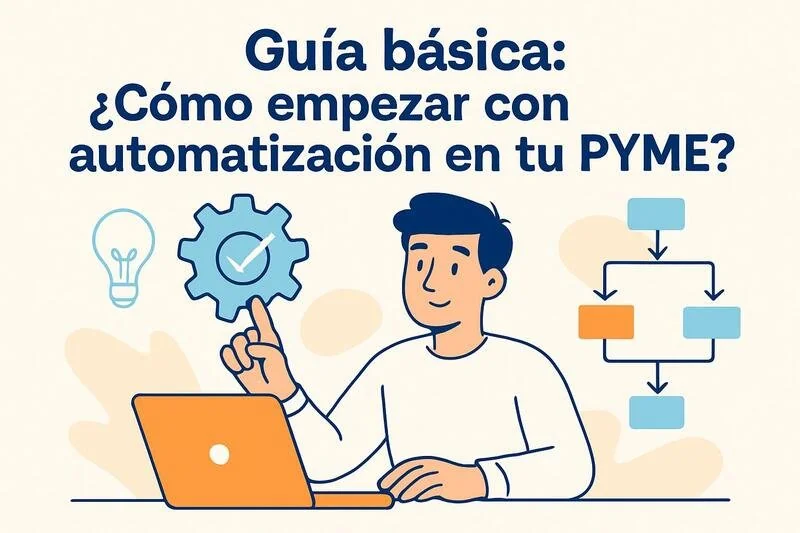
When it comes to process automation, businesses often find themselves choosing between Robotic Process Automation (RPA) and Business Process Management (BPM). While both approaches aim to improve efficiency and reduce manual work, they serve different purposes and are suited to different types of challenges.
Understanding RPA: The Digital Workforce
Robotic Process Automation (RPA) involves using software robots or "bots" to automate repetitive, rule-based tasks that humans typically perform on computers. These digital workers can interact with applications, manipulate data, trigger responses, and communicate with other systems.
Key Characteristics of RPA:
- Non-invasive: Works on top of existing systems without requiring changes to underlying infrastructure
- Rule-based: Follows predefined rules and logic to complete tasks
- Quick deployment: Can be implemented relatively quickly with minimal IT involvement
- Task-focused: Excels at automating specific, repetitive tasks
Understanding BPM: The Process Orchestrator
Business Process Management (BPM) is a holistic approach to improving business processes through analysis, design, implementation, monitoring, and optimization. BPM focuses on end-to-end process improvement and often involves redesigning workflows to achieve maximum efficiency.
Key Characteristics of BPM:
- Process-centric: Focuses on entire business processes rather than individual tasks
- Strategic approach: Involves process redesign and optimization
- Integration-focused: Often requires system integration and infrastructure changes
- Long-term perspective: Designed for sustainable process improvement
When to Choose RPA
RPA is ideal for organizations looking to quickly automate specific, repetitive tasks without major system changes. Consider RPA when:
- You have high-volume, repetitive tasks
- Processes are rule-based and predictable
- You need quick wins and fast ROI
- Legacy systems are involved that can't be easily modified
- Tasks involve multiple applications and systems
Common RPA Use Cases:
- Data entry and migration
- Invoice processing
- Customer onboarding
- Report generation
- Email processing and responses
When to Choose BPM
BPM is better suited for organizations looking to fundamentally improve and optimize their business processes. Consider BPM when:
- You need to redesign complex, end-to-end processes
- Multiple stakeholders and departments are involved
- You require process visibility and monitoring
- Compliance and governance are critical
- You're willing to invest in long-term process transformation
Common BPM Use Cases:
- Customer service workflows
- Supply chain management
- Employee onboarding processes
- Approval workflows
- Compliance management
The Hybrid Approach: RPA + BPM
Many organizations find that the most effective approach combines both RPA and BPM. This hybrid strategy allows businesses to:
- Use BPM to optimize overall process design
- Implement RPA to automate specific tasks within optimized processes
- Achieve both quick wins (RPA) and long-term transformation (BPM)
- Maximize the benefits of both approaches
Making the Right Choice
The decision between RPA and BPM (or a combination of both) depends on your organization's specific needs, goals, and constraints. Consider factors such as:
- Timeline: RPA offers quicker implementation, while BPM requires more time
- Budget: RPA typically has lower upfront costs
- Scope: RPA for task automation, BPM for process transformation
- Technical complexity: RPA is less invasive, BPM may require system changes
- Long-term goals: Consider your automation strategy and future needs
Need Help Choosing the Right Automation Approach?
Selecting the right process automation strategy can be complex. ConnectingBots can help you evaluate your options and connect you with the right automation providers who can guide you through the decision-making process.
Start Your Automation Journey